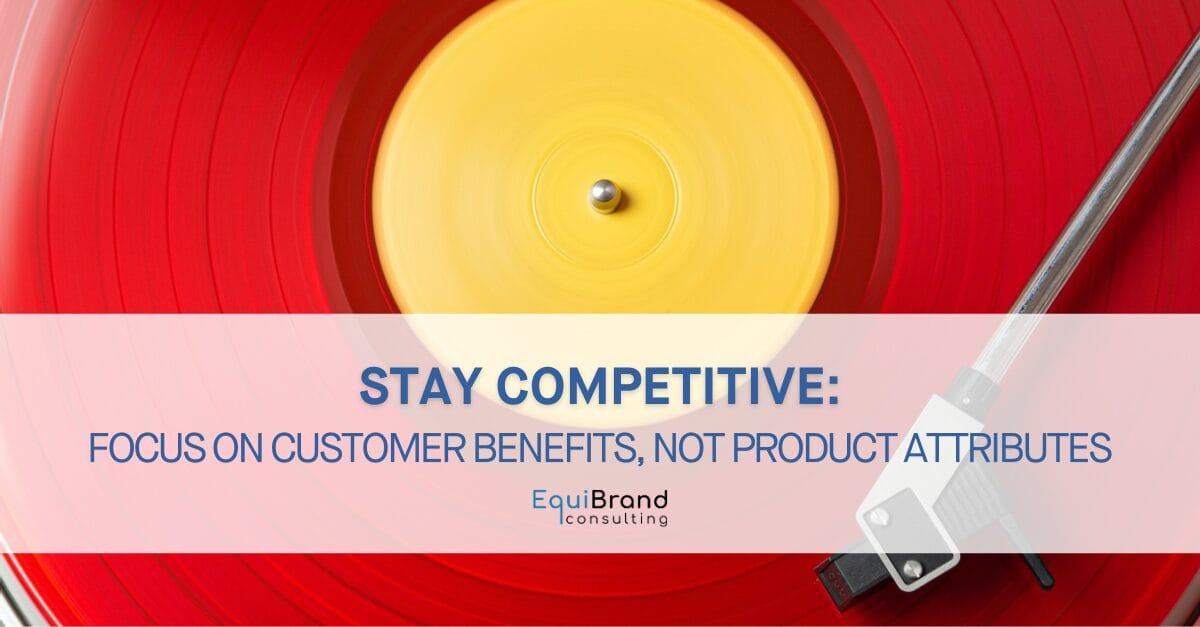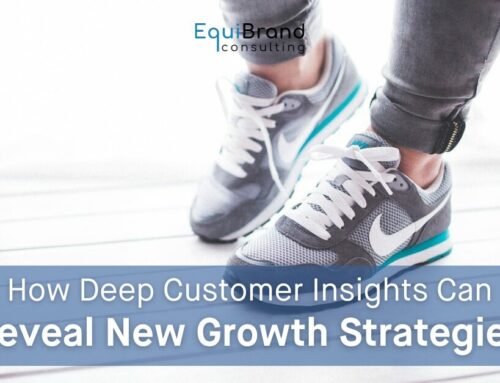“People don’t want to buy a quarter-inch drill; they want a quarter- inch hole.”
This amusing quote by Theodore Levitt, an American economics and business professor, speaks to the idea of focusing on customer benefits rather than product attributes.
Memorable as it is, the quote is also extremely powerful…
People aren’t interested in boring attributes (think: bulleted lists filled with specs and intricate details).
They want to hear how your product or service benefits them in some way.
Start from there – and you sharpen your competitive edge.
Product-orientated or Customer-orientated? In his revolutionary Harvard Business Review article, Marketing Myopia, Levitt urged companies to define their industries more broadly than they might otherwise. Why? This provides the platform for creating and capturing uncontested market spaces.
He argued, for example, that the railroad industry got in trouble because industry leaders presumed they were in the railroad rather than the transportation business. They were product-oriented instead of customer-oriented. Product attributes come and go. Consumer benefits are more enduring.
Innovation tends to follow a benefit-based, problem-solution format: after all, necessity is the mother of invention.
Focus on customer benefits to reach consumers
In developing and marketing new products, consider the compromises customers and non-customers make within the category. Then, create concepts to solve these problems. Sometimes, it’s less about problems and more about opportunities. The terms “pain points” and “gain points” are used to recognize this problem/opportunity dynamic.
“People don’t simply buy products or services; they pull them into their lives to make progress.”
–The Christensen Institute website
A related idea of focusing on customer benefits is solving customer friction points or jobs to be done (JTBD). A JTBD, made best-selling by Harvard Business School professor Clayton Christensen, is not a product, service, or a specific solution. It’s the customer’s higher purpose. The key is to understand the “job” customers have and to explore alternative solutions.
Real-life examples of Marketing Myopia
Numerous examples exist where companies and entire industries collapsed because of failure to meet target needs. These companies had something in common: they focused on product attributes, not customer benefits (or jobs to be done) – and they lost out to new competitors.
Consider the evolution of the recording industry.
First, there were phonographs, then LPs, and further changes from 8-track tapes to cassette tapes, compact discs, MiniDiscs, MP3s, and other digital audio formats, and audio streaming.
The insight? Consumers want convenient access to music and are mostly indifferent to how it’s delivered.
As consumers demanded better quality and greater convenience, companies focusing solely on product attributes and technical specs instead of underlying customer needs were replaced.
Companies that remained focused on the recording format (LPs, discs, etc.) or the device that played them (record players, cassette players, etc.), and not the end benefit, ceased to be viable.
A deep understanding by gaining customer insight is imperative in upstream marketing. If you found this article helpful, you’re invited to explore more deeply: enjoy a free download of the second chapter of our best-selling book, Upstream Marketing.


















Follow EquiBrand